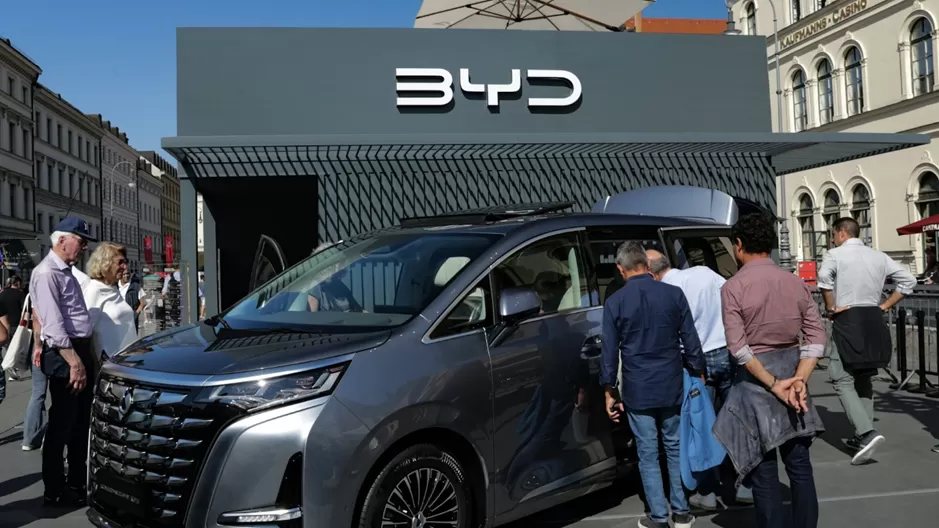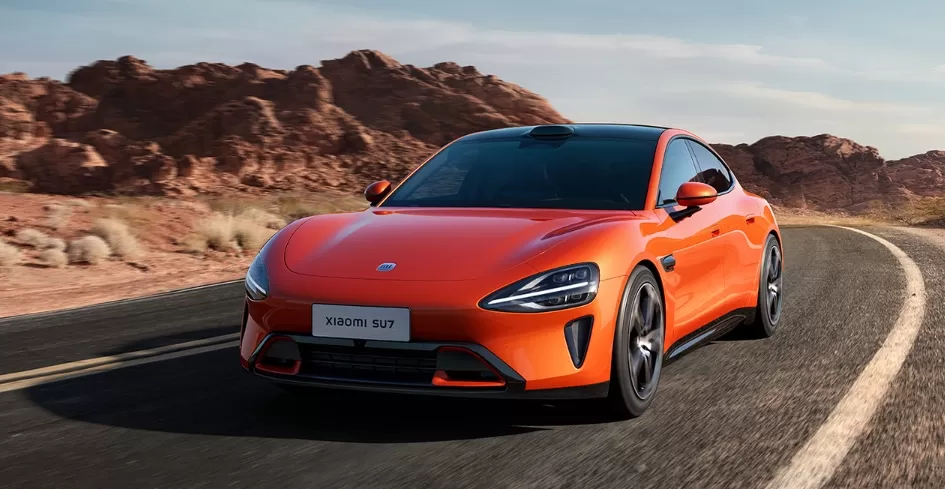After reviewing the recent semi-annual reports of various major automobile companies, I was truly astonished once again.
Last year, BYD earned a staggering 100 million yuan per day, making it the envy of the industry. This year’s semi-annual report is even more impressive—BYD’s revenue in the first half of 2024 reached 301.127 billion yuan, a 15.76% year-on-year increase, surpassing SAIC Group for the first time. Its net profit reached 13.631 billion yuan, a 24.44% increase year-on-year.
Profitability is often the backbone of a company’s long-term development, and it can be said that BYD currently has the highest net profit among all Chinese automobile manufacturers.
While BYD’s revenue and net profit both saw growth, its spending on research and development (R&D) was even more remarkable.

According to the financial report, BYD’s R&D expenses for the first half of 2024 increased by 41.64% year-on-year to 20.177 billion yuan, which exceeds its net profit by 6.6 billion yuan during the same period.
Compared to other mainstream listed car companies, BYD’s R&D investment is even higher than Tesla’s, and nearly equals the combined R&D spending of Great Wall, Changan, Li Auto, and Seres.
In fact, among over 5.300 A-share listed companies, BYD ranked first in R&D spending in the first half of 2024. earning it the well-deserved title of “King of R&D.”
Data shows that over the past 14 years, from 2011 to the present, BYD’s R&D spending has surpassed its net profit in 13 of those years, sometimes even being several times higher than its net profit. As of now, BYD’s cumulative R&D investment has approached 150 billion yuan.
This indicates that not only has BYD reinvested all its market earnings into new technologies, but it has also continuously used its own funds to refine products, give back to the market, and benefit its users.
BYD's per-vehicle profit is just 8.450 yuan, which is about 150 yuan lower than the previous quarter.
It’s worth noting that when the last quarterly report was released, many netizens expressed that they hoped BYD could make more profit.
This year, BYD has launched a price war under the slogan “Electric is cheaper than gas,” making electric vehicles increasingly affordable through concrete actions.
And these lower prices come with even more value.
For instance, all BYD plug-in hybrid models come standard with a 12V lithium iron phosphate starter battery, increasing costs and configurations, solely to provide consumers with a better experience.
So, how did BYD manage to achieve this?
After reviewing the details, we found that in the first half of 2024. BYD continued to increase its investment in the fields of electronic and electrical architecture and intelligent systems.
In terms of electronic and electrical architecture, BYD launched the groundbreaking e-Platform 3.0 Evo and fifth-generation DM technology. As technology advances, BYD offers products with value far exceeding their price.
In overseas markets, BYD is also rapidly expanding. Sub-brands such as FangChengBao, Denza, and Yangwang have made significant breakthroughs in the high-end market. Public data shows that in August, BYD’s overseas sales reached 31.451 units, a 25.7% year-on-year increase.
According to BYD, by August 2024. the company’s new energy vehicles had reached 94 countries and regions globally, with its passenger vehicles sold in 84 countries and regions across more than 400 cities.
Technological innovation has driven product design optimization, vertical integration, scalability, premium positioning, and global expansion. This has made vehicle R&D and sales more coordinated, optimized, and efficient.
It can be said that BYD not only capitalizes on domestic industrial advantages to compete fiercely and disrupt joint venture car companies’ strongholds, but it is also making continuous inroads into the high-end brand market, traditionally dominated by foreign car companies. In doing so, BYD is single-handedly reshaping the distribution of profits in the Chinese automobile market.






